The JBL Charge 5 is finally here, after close to 2 years since the Charge 4. The Charge line is best known for the sound it offers for its size. The popular power bank speaker mainly brings about enhanced durability and feature a subtle design change. The JBL Charge 5 is available in five different colours, and retails for S$279.
Unboxing
In the box, you will find the following:
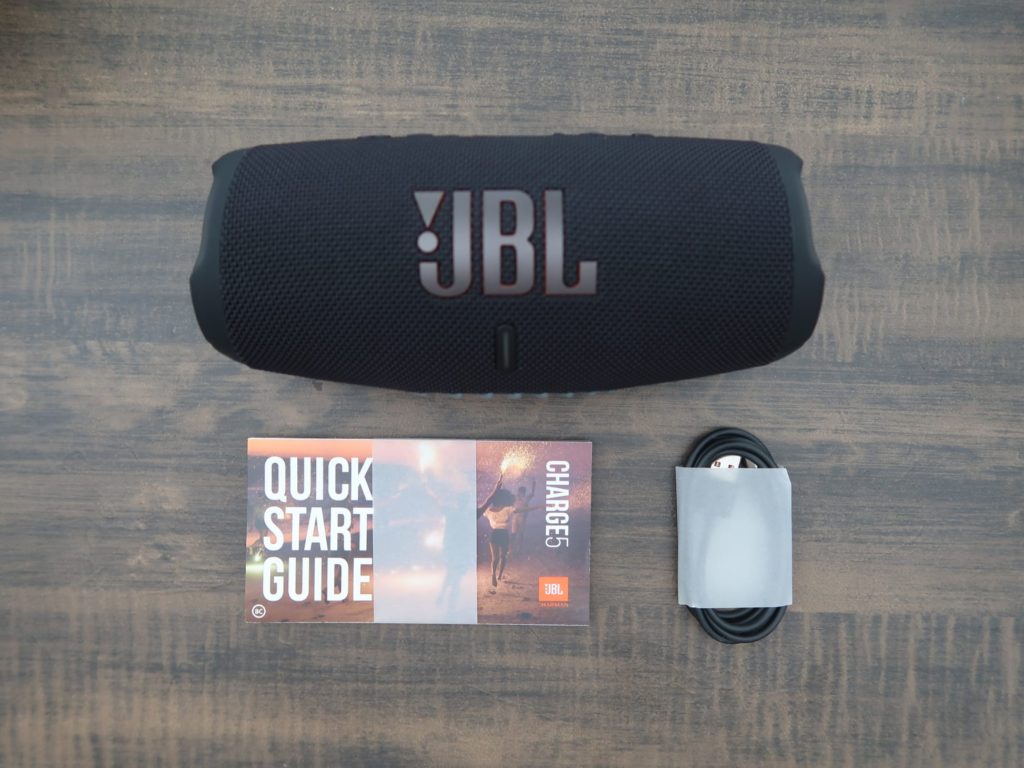
- JBL Charge 5 Bluetooth speaker
- USB-A to USB-C cable
- Quick Start guide
Tech specs
| Output power | 30W RMS for woofer, 10W RMS for tweeter |
| Frequency response | 65Hz – 20kHz |
| Battery life | 20 hours per full charge |
| Battery | Li-ion polymer 27 Wh (equivalent to 3.6 V/ 7500 mAh) |
| Waterproof rating | IP67 |
| Bluetooth version | 5.1 |
| Dimensions | 22cm x 9.6cm x 9.3cm |
| Weight | 960g |
Build quality and design
While the shape of the JBL Charge 5 is more or less the same as its predecessor, JBL has made some subtle changes to the design of the new Charge 5. JBL has replaced the tiny boxed up JBL logo the Charge 4 with a large JBL logo. The power indicator is now a single LED strip under the JBL logo.
The standing base on the bottom of the speaker has also been cleaned up. Gone is the slab of rubber, and on the JBL Charge 5 we see a rubber strips molded together with the woven wire mesh cover. So when you set it down, it resembles rugby ball placed on a desk. When used standing, the rubber feet now doesn’t stick out so much like a sore thumb. On the back of the JBL Charge 5, you’ll find a waterproof USB-C port as well as a flap hiding the USB-A port used for charging your smartphone.
The JBL Charge 5 has impressive build quality and can definitely be put through rugged handling. Compared to the Charge 4’s IPX7 rating, the new JBL Charge 5 is now rated at a better IP67 rating – which means it now has level 6 dust proofing as well.
Connectivity and controls
The newJBL Charge 5 removes the 3.5mm AUX input that was found on the Charge 4. This is kind of a bummer as the Charge 5 becomes strictly a Bluetooth only device.
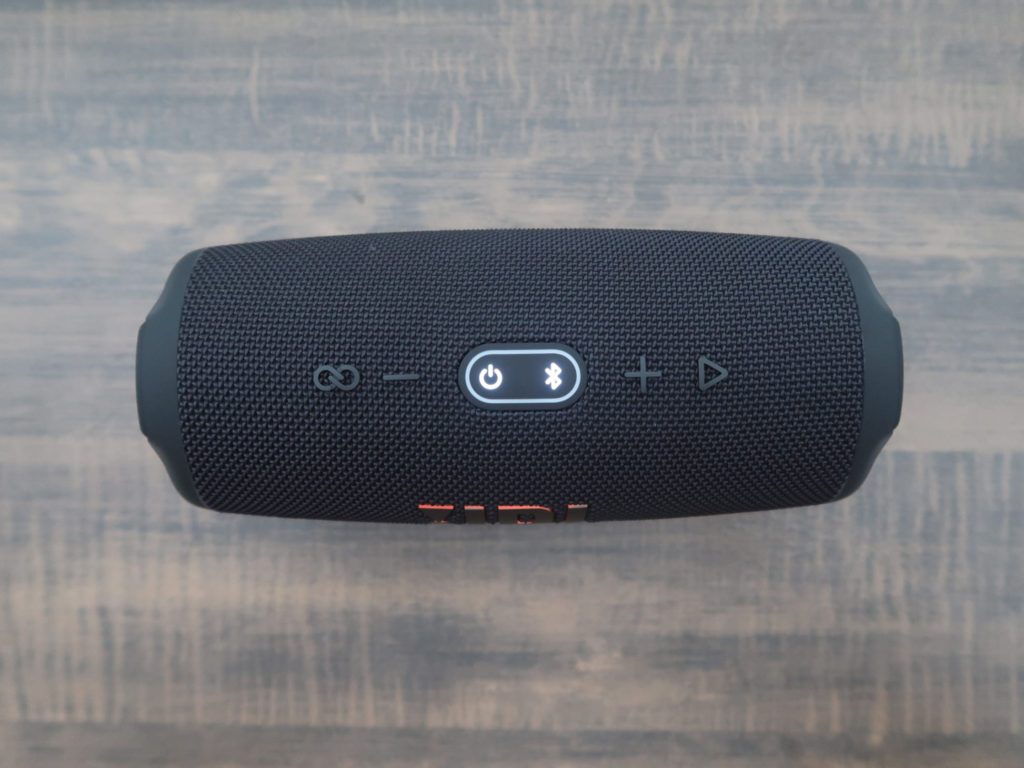
The controls are located on the top of the speaker which allow you to quickly access commonly used controls such as volume, play/pause, and power. You are able to skip tracks via a double-press of the play button, but there isn’t a way to go back. There is also a PartyBoost button for when you want to connect to other PartyBoost-compatible speakers such as Flip 5. Do note that the older Charge 4 which uses Connect+ is not able to link with the new Charge 5.
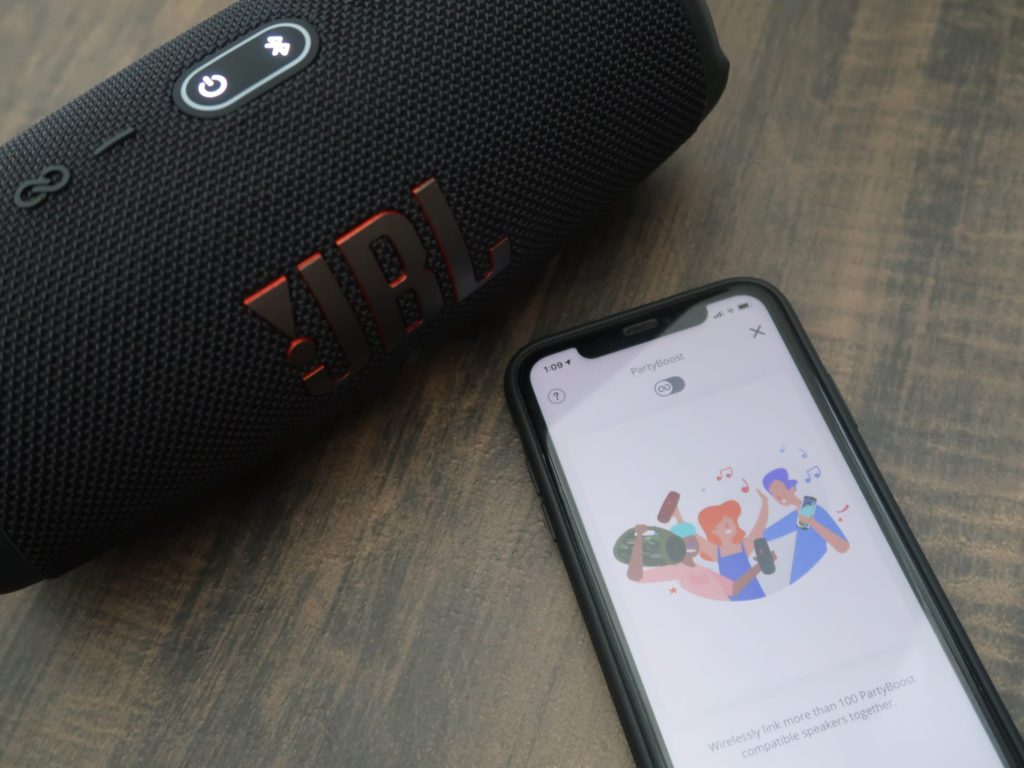
The JBL Charge 5 is accompanied by the JBL Portable app, which allows you to deploy firmware updates and connect to other PartyBoost-compatible speakers. And that’s about all the app offers. There isn’t any feature to support EQ customisation.
Battery life and connection
The JBL Charge 5 is rated to last 20 hours of playtime on a full charge, which is the same as its predecessor. Charging is done via USB-C, and take about 4 hours to charge it fully. JBL did not add a microphone to the Charge 5 so it is mainly going to be used as an audio output.
Pairing to the JBL Charge 5 is straightforward. JBL Charge 5 now has Bluetooth 5.1, and the stability of connection during my time of testing was good and I encountered zero issues. JBL Charge 5 also supports multi-point connection, so two devices can be connected to the speaker at the same time. Audio will automatically be played from the device that is playing any media.
Sound quality
If you like to host parties or just enjoy blasting your music, then you will be glad that the JBL Charge 5 can get really loud. Do note at max volumes, some distortion can be heard such that highs start sounding a little harsh.
The new Charge 5 now adds a separate tweeter alongside its dual bass radiators which is expected to deliver better highs over the Charge 4. The JBL Charge 5 is also louder (40W) than the Charge 4 (30W). The overall sound signature of the JBL Charge 5 is rather balanced. Bass is impactful and has good presence all the way to the lower mids to offer a fuller sound to avoid sounding too flat. Sub-bass presence is moderate – it doesn’t go deep enough to offer rumble and reverb, but still offers occasional thump on bass heavy tracks.
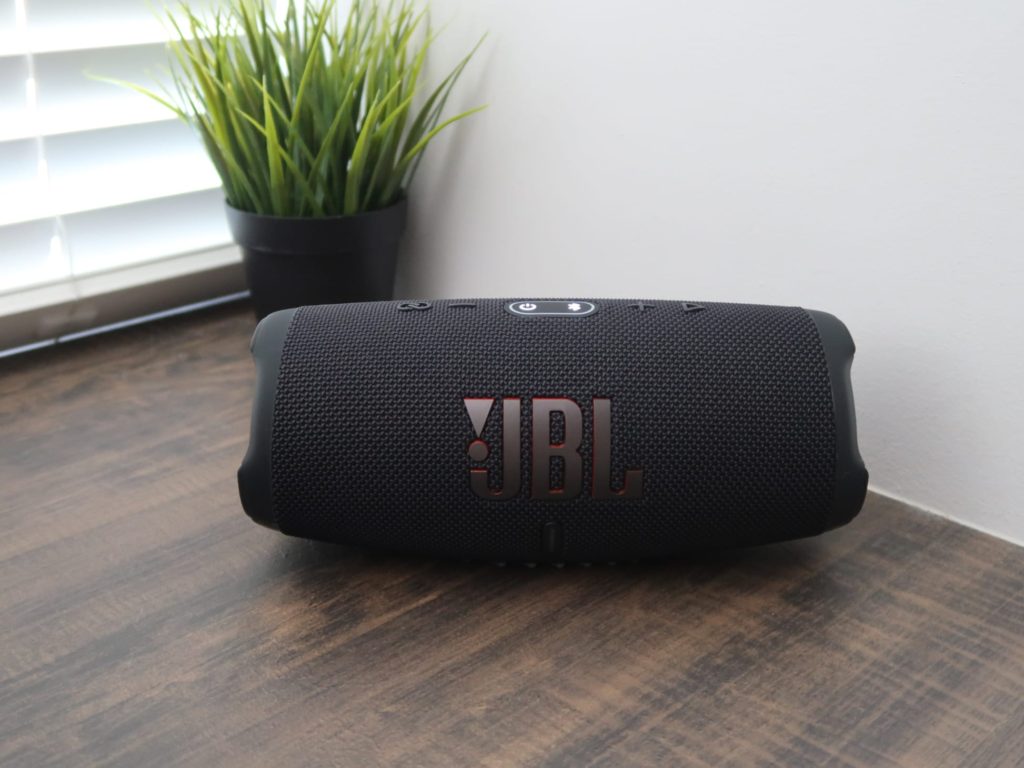
Midrange is delivered with clarity has the most significance in the overall mix, with vocals and instruments being forward in the spectrum. Highs are bright sounding and is best enjoyed with the volume between 30-70%. Dialling up the volume starts to cause the treble to sound more sibilant. Comparing the JBL Charge 5 to the older Charge 4, the new Charge 5 does sound better in the highs and more wide with better instrumental separation in each frequency.
Conclusion
The JBL Charge 5 brings about welcome improvements in terms of design, durability and also cleaned things up in the audio department. If you’re in the market for a mid-size Bluetooth speaker that plays loud enough indoors or outdoors with bright and detailed sound, the JBL Charge 5 should be one on your shortlist. Multi-point connection allows you and your friends to connect to the speaker at the same time, making switching of playlist a breeze.
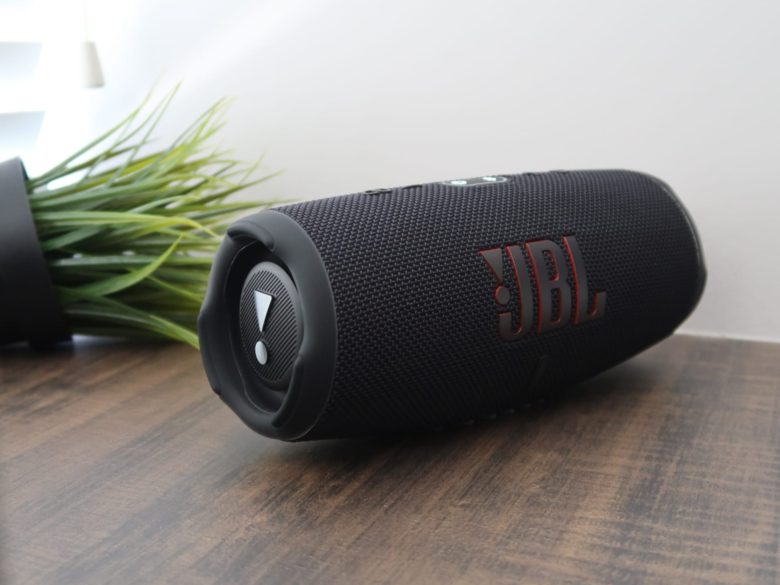

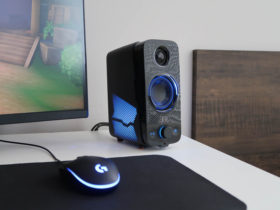
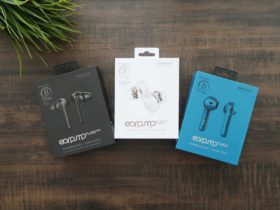
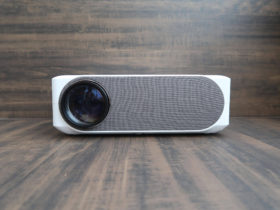

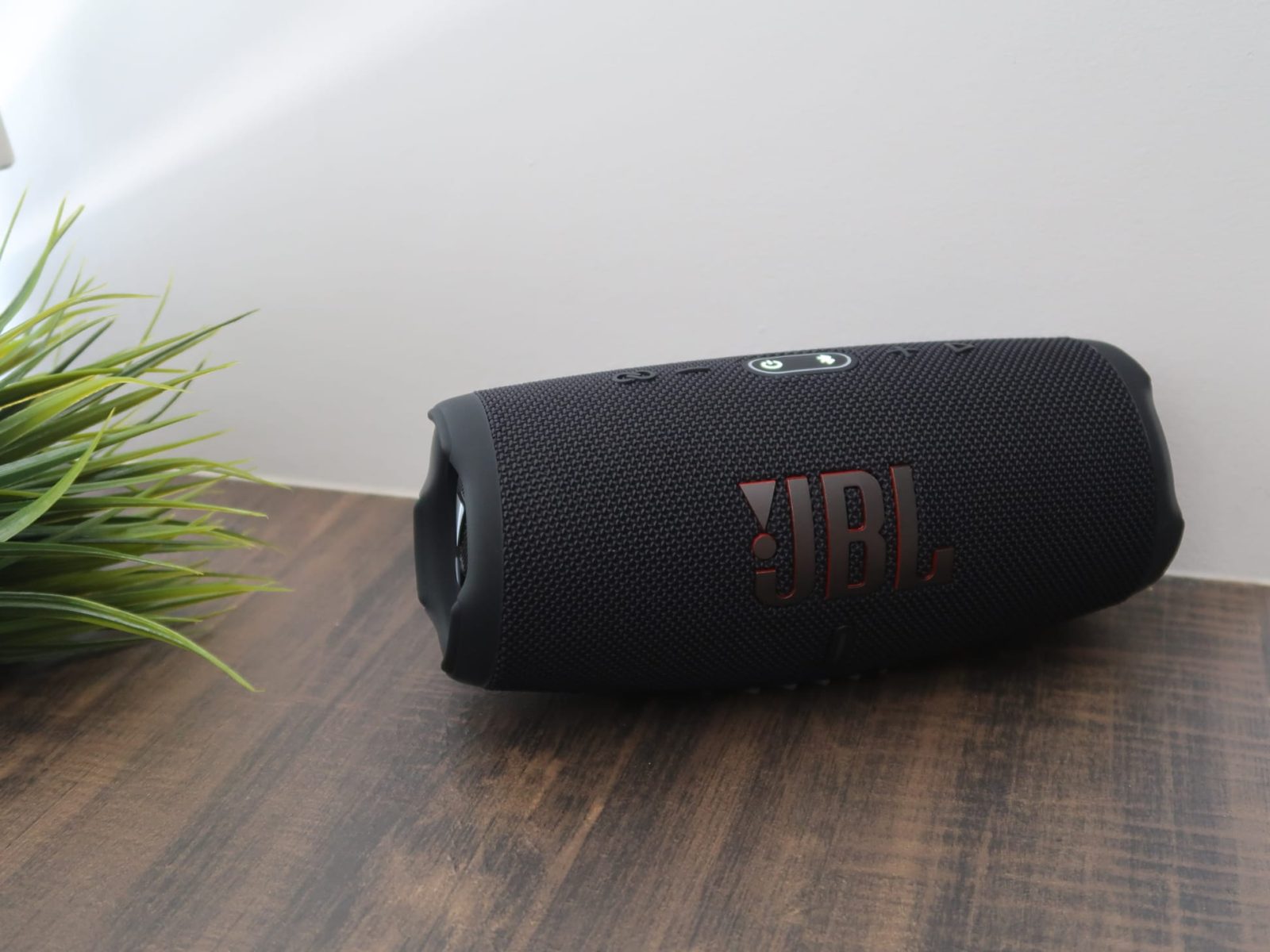
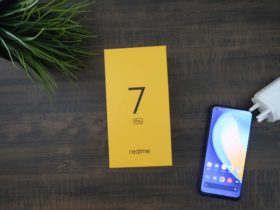



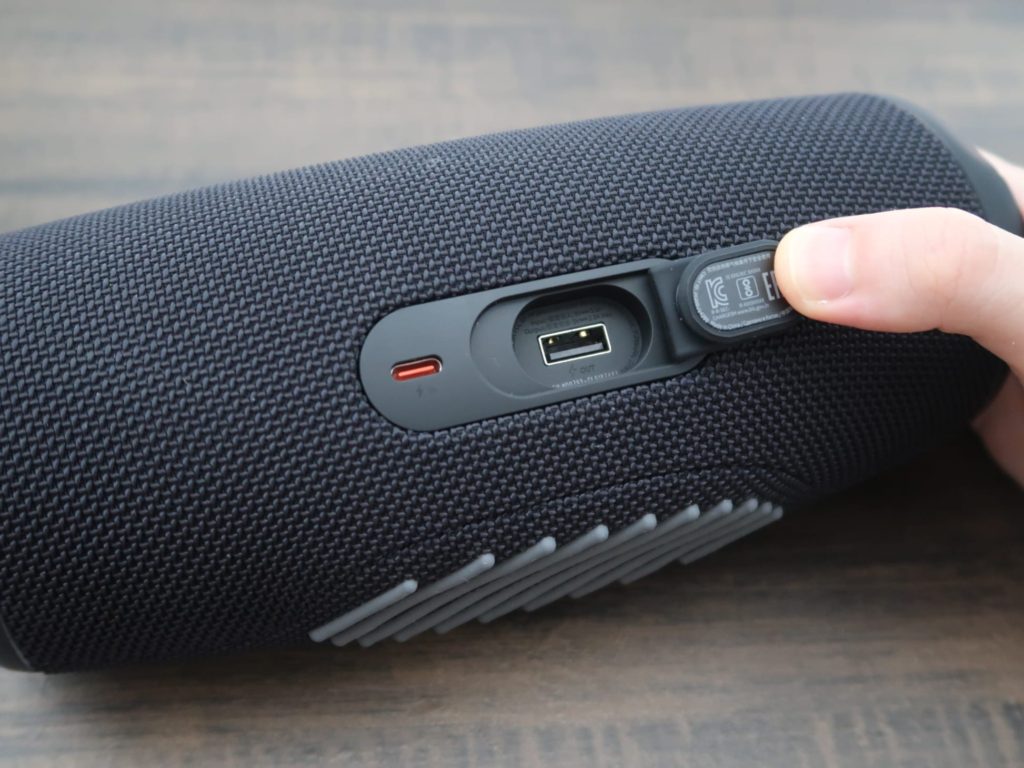
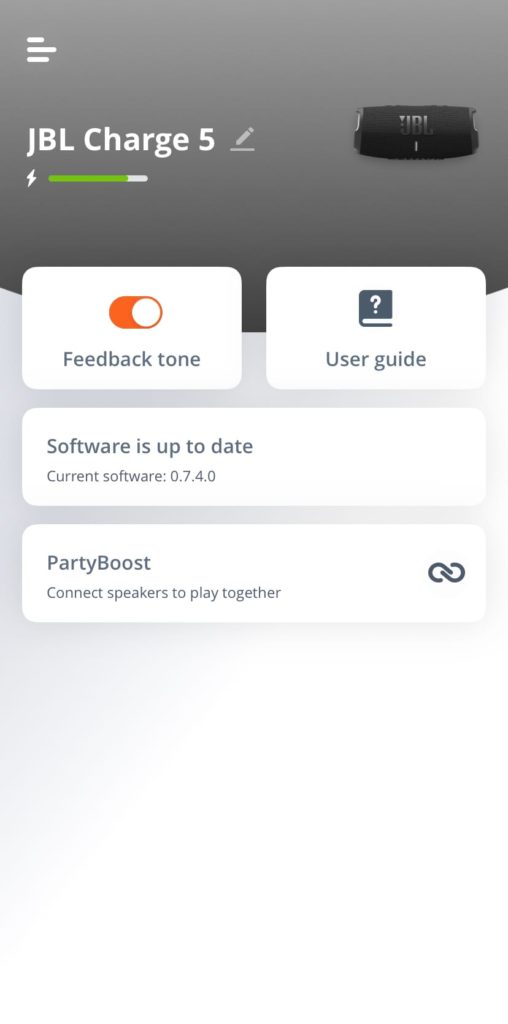




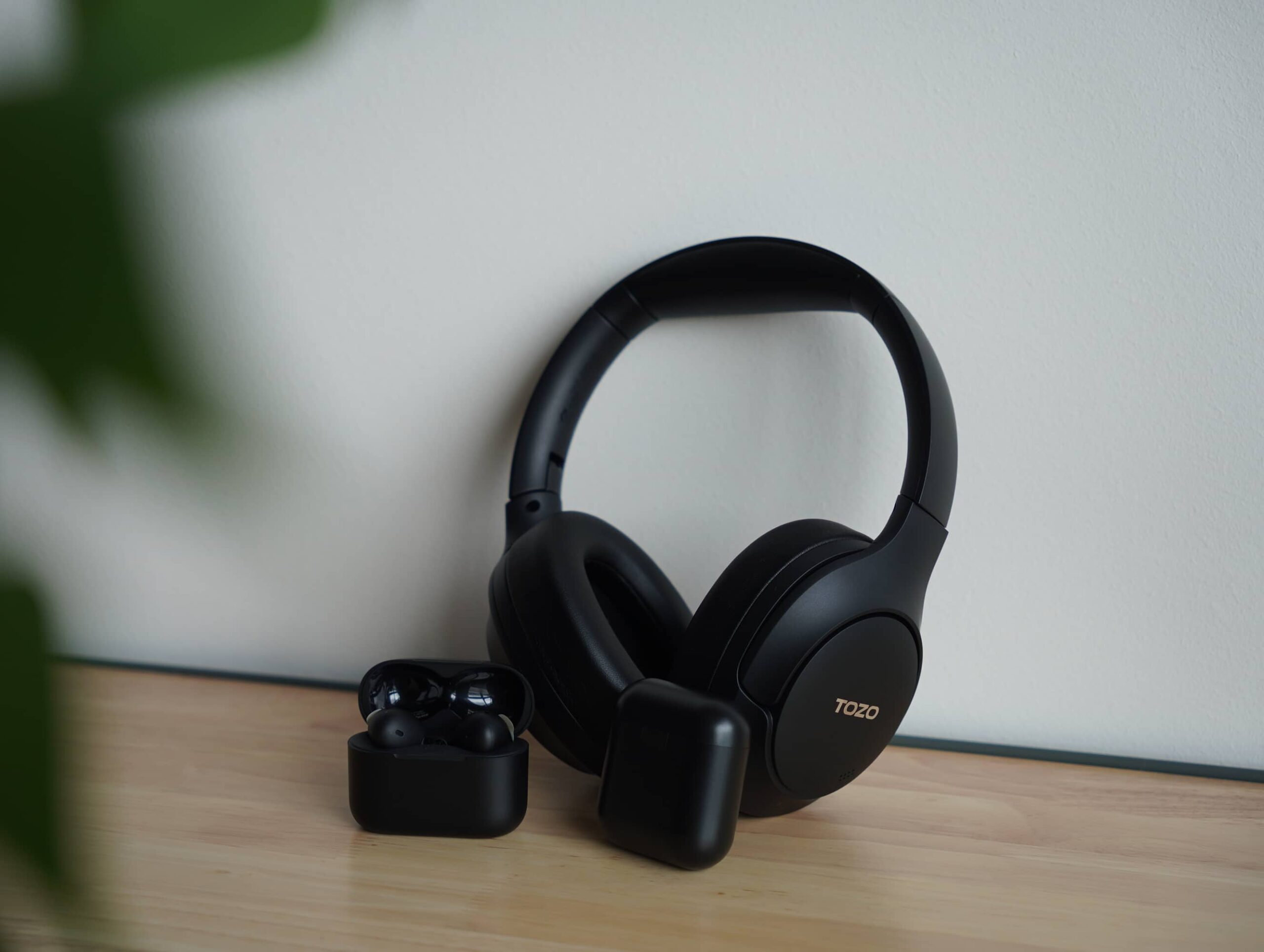


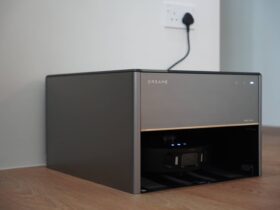
I’m glad that you talked that it is much more enjoyable to play music around 30-70% of the volume. My father told me last night that he and my uncle was hoping to have a portable party speaker that we could use for our family gatherings, and he asked me if I had any idea where would be the best option to buy. Thanks to this helpful article, I’ll be sure to tell him that he can consult a trusted home décor and items store as they can provide more information about their products.